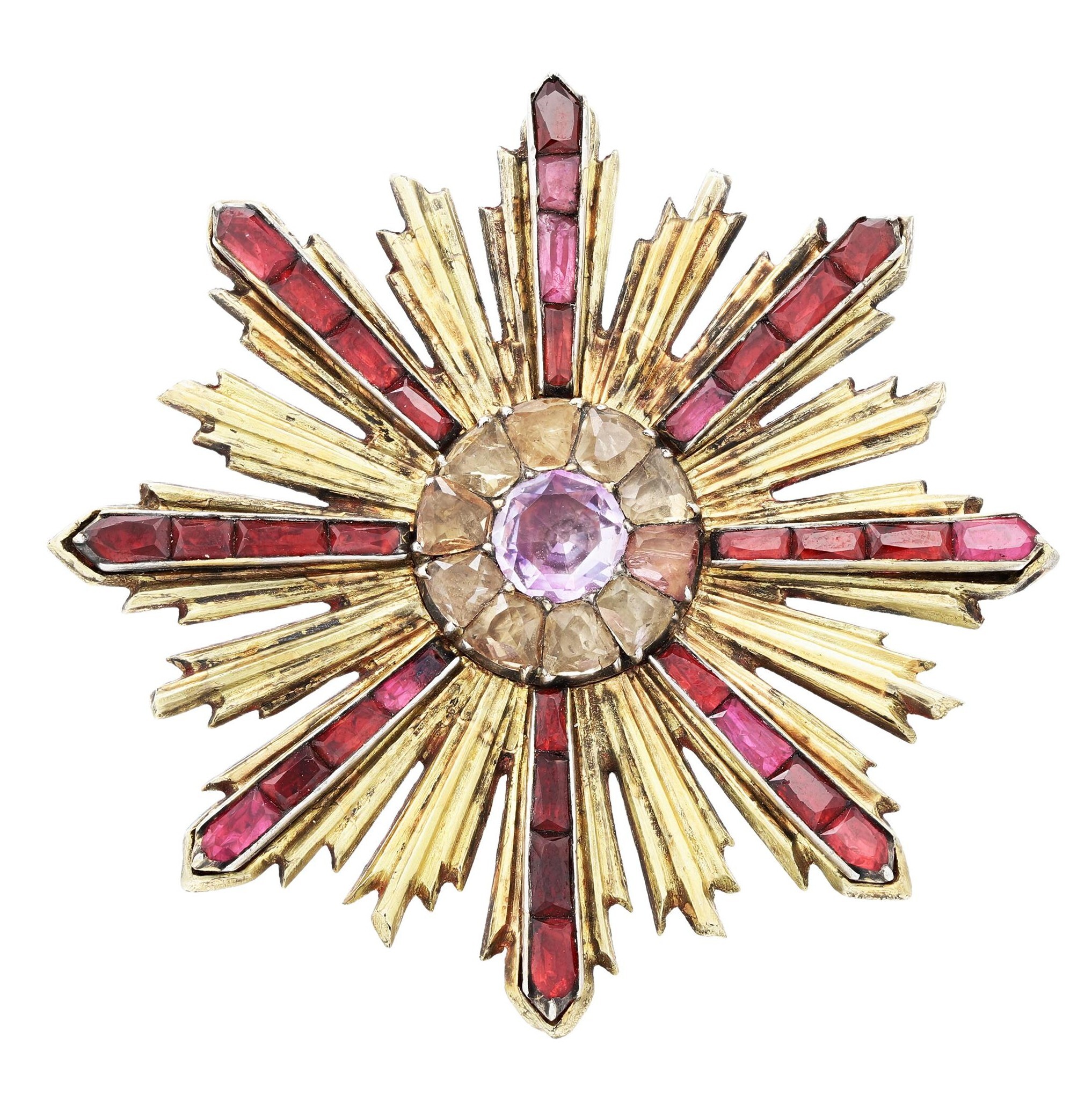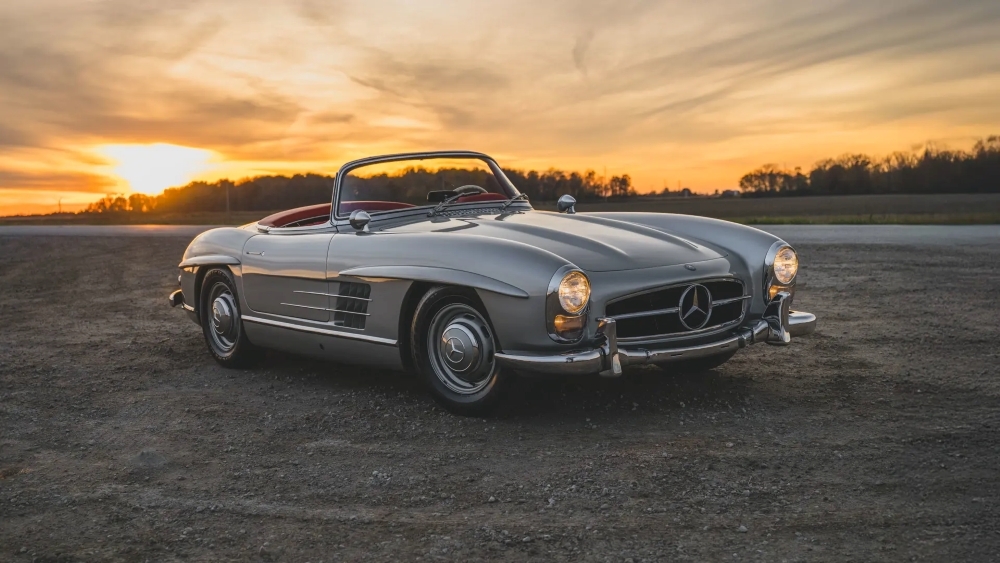Sotheby’s Leading the Rise of Middle Eastern Art
This spring, Sotheby’s London will present a series of museum-quality works that affirm the sophistication and significance of art emerging from the MENA region. The Modern and Contemporary Middle East auction, a bi-annual fixture in Sotheby’s calendar, returns this April, spotlighting the artistic richness of the Arab world, North Africa, and Türkiye. The auction showcases a diverse array of themes and movements, reflecting the breadth of creative expression across the region.
Ahead of the sale, a curated selection of standout works will be exhibited in Dubai and London. These exhibitions will highlight key modernist and avant-garde voices, including notable pieces by Burhan Dogançay and Juliana Séraphim. These exceptional works—once largely underrepresented in the mainstream—are now attracting strong international interest. Their inclusion in major collections and institutional exhibitions speaks to a growing recognition of their global relevance. Collectors increasingly value the depth, narrative, and innovation found in these pieces, reinforcing the region’s status as a dynamic force within the contemporary art world. Sotheby’s continues to provide a platform where this evolution is both celebrated and amplified.

A Canvas of Cultures: Sotheby’s and the Art of the Middle East
Art from the Middle East has enjoyed remarkable growth over the past decade, earning increasing recognition on the global stage. Nowhere is this more evident than at Sotheby’s, where dedicated sales and exhibitions continue to celebrate the work of Arab artists across generations and media. As the foremost auction house for Modern and Contemporary Middle Eastern art, Sotheby’s has consistently delivered strong results, supported by deep market insight and a long-standing commitment to the region’s artistic heritage.
Since the launch of these specialist sales in London in 2016, Sotheby’s has achieved record-breaking results and also helped shape the market itself. The auction house has established itself as the leading platform in the field, increasing its market share year after year. London has now become the central hub for the sale of artworks from the MENA region, with results routinely meeting or exceeding pre-sale estimates.
This sustained interest reflects a broader, more nuanced appreciation for the region’s creative voices. A key milestone came in April 2013, when Sotheby’s Contemporary Art auction in Doha achieved a groundbreaking $15.2 million in total sales—still the highest result ever recorded for a Contemporary Art auction in the region.
Juliana Séraphim
Untitled – Signed and dated Juliana Séraphim, '91
(oil on canvas)
Juliana Séraphim was born in Jaffa, Palestine, in 1934. Following the forced displacement of her family to Lebanon, she embarked on a lifelong artistic journey that would cross borders and blend traditions. In the 1950s, she began her formal training under Jean Khalifé, a key figure in Lebanese abstraction. Her artistic path soon took her to Europe, where she continued her studies at the Academy of Fine Arts in Florence and later at the Royal Academy of San Fernando in Madrid. It was during these years that her distinct visual language began to take shape—one defined by an ethereal, introspective quality that became central to her practice.
Deeply rooted in Surrealism, Séraphim’s work shifts away from the physical world, offering instead a window into a dreamlike realm born of memory, emotion, and imagination. Her layered compositions suggest a utopian space where femininity, intuition, and vulnerability are embraced rather than hidden. Unlike many of her contemporaries who focused on external political narratives, Séraphim turned inward, exploring the intricacies of the subconscious and the emotional self. Her canvases, filled with delicate, flowing lines and soft, translucent hues, pulse with a quiet intensity. Tones of lush green paired with vivid pinks create a visual harmony that is both serene and subtly haunting. “The images in my paintings come from deep within me: they are surreal and unexplainable,” she once said.
Today, her work is held in prestigious collections, including the Metropolitan Museum of Art and the Institut du Monde Arabe, affirming her place as a singular voice in modern Arab art—an artist who painted not what she saw, but what she felt.
Burhan Dogançay
Untitled – Ribbons Series, 1975
(acrylic on canvas)
Born in Istanbul in 1929, Burhan Doğançay received his earliest artistic training under the guidance of his father, painter Adil Doğançay. From the outset, his work revealed a remarkable breadth of vision, spanning collage, abstraction, painting, sculpture, photography, and photojournalism. Yet it is his sustained engagement with urban walls and doors—those often overlooked surfaces layered with time, memory, and meaning—that secured his place in the contemporary art scene.
In the early 1970s, Doğançay introduced the Ribbons series, a pivotal moment in his artistic evolution. These works marked a shift away from the textured realism of his earlier collages, embracing a more elegant and abstract visual language. While retaining a strong connection to the urban landscape, the Ribbons series evokes the flowing rhythm of cursive Islamic calligraphy—a resemblance Doğançay acknowledged in the titles of select works, while others were left untitled to encourage personal interpretation. Throughout his prolific career, he developed 14 distinct series, each exploring the symbolic language of the city through different materials and approaches. From the 1960s onwards, collage became his medium of choice, a fitting technique for capturing the layered and fragmented narratives found in built environments.
Doğançay’s work has been exhibited extensively and now forms part of prestigious permanent collections across the globe, including the Metropolitan Museum of Art and the Guggenheim in New York, the British Museum in London, the Centre Georges Pompidou in Paris, and the Albertina in Vienna—testament to the resonance and relevance of his vision.
Sotheby’s remains steadfast in nurturing artistic talent, championing young artists, and advocating for the wider cultural ecosystem. This commitment extends not only to artists but to the curators and institutions whose efforts lend academic and historical depth to the field.
The Modern and Contemporary Middle East exhibition will stop in Dubai from the 7th to the 11th of April before heading for London on the 25th of April. Sotheby’s invites us to witness deeply personal narratives, each rendered with beauty and resonance. As we look ahead to the forthcoming event, the story of Middle Eastern art continues to unfold – eloquent, powerful, and simply captivating.



.jpg)